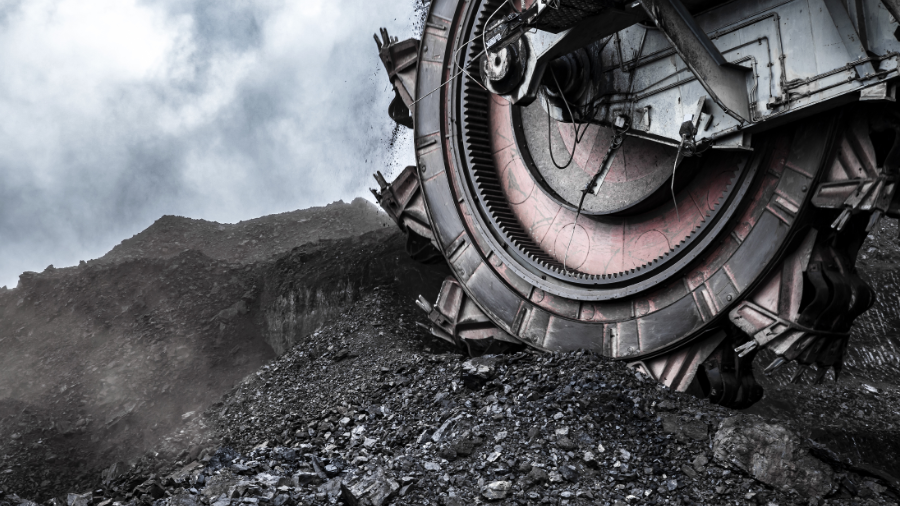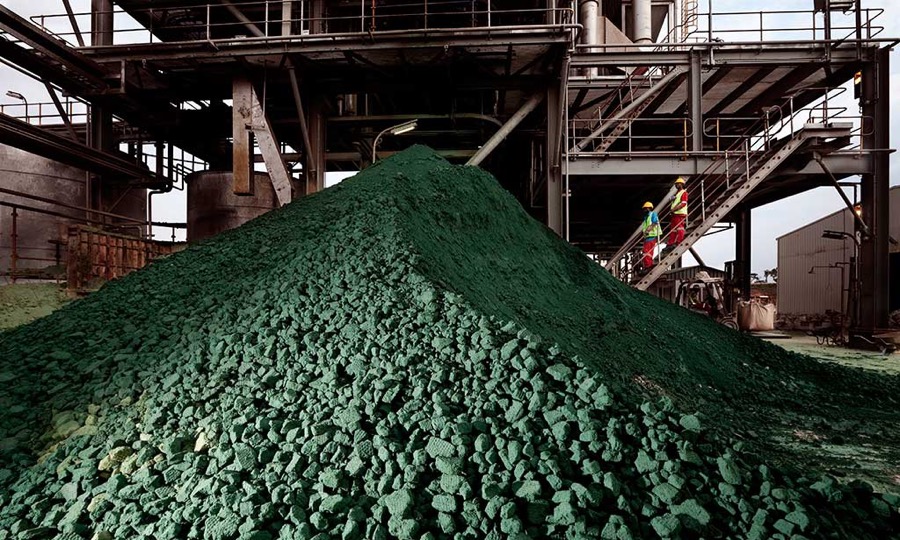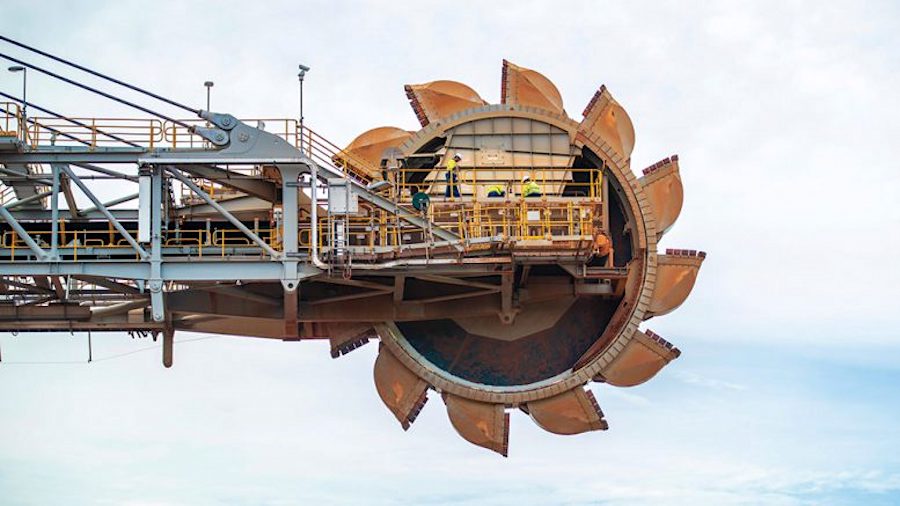Europe’s planned ban on Russian coal has unhappy China precedent

(The opinions expressed here are those of the author, Clyde Russell, a columnist for Reuters.)
The European Union is considering banning imports of Russian coal as part of efforts to punish Moscow for its invasion of neighbouring Ukraine.
The problem is the plan may not work, may end up hurting Europe far more than it does Russia, as well as inflicting pain on uninvolved, and most often poorer, third-party countries.
There is a precedent for a major coal importer self-sanctioning imports from one of its top suppliers, namely when China put an unofficial ban on purchases from Australia.
China is the world’s top importer of the polluting fuel, and Australia was its second-biggest supplier, behind Indonesia, up until the middle of 2020.
A political dispute between China and Australia over a series of issues, including Canberra’s call for an international investigation into the origins of the coronavirus pandemic, led to Beijing telling traders and utilities to stop buying Australian coal.
China’s imports of Australian coal, both coking and thermal, dropped from 10.93 million tonnes in July 2020 to just 108,000 tonnes by January 2021, according to data compiled by commodity analysts Kpler.
They have remained at nominal levels ever since, with Kpler recording imports of 242,569 tonnes last month.

When the informal ban was imposed there was concern among Australian coal exporters about the loss of a major market, and indeed initially Australian thermal coal prices sagged while those of competing suppliers Indonesia and Russia gained.
But the market quickly adjusted, with Australia increasing its sales to traditional buyers in north Asia such as Japan and South Korea, as well as selling more to India, the world’s second-biggest coal importer, and other Asian buyers such as Vietnam and Malaysia.
Australian thermal coal futures linked to the benchmark Newcastle price started to recover, rising from a 2020 low of $48.50 a tonne in September of that year to reach a 2021 peak of $269.50 on Oct. 5, a then record high.
China’s ban on Australian imports wasn’t the only factor driving coal prices in Asia, but the dislocation and re-alignment of regional flows certainly helped boost prices.
China’s domestic coal shortage also lifted prices for seaborne grades, as did recovering power demand as countries reopened economies from lockdowns imposed to tackle the pandemic.
Australian thermal coal prices have continued to surge, this time as Russia’s invasion of Ukraine led to fears that exports from the world’s third-biggest shipper would be self-sanctioned.
Newcastle futures hit a record closing high of $440 a tonne on March 2, and have since retreated to $286.50.
Hard lessons
If Europe does impose a ban on buying coal from Russia, it doesn’t mean that the dynamics will play out exactly the same as they did for China’s ban on buying from Australia, but there are enough similarities to make a comparison valid.
China was able to secure alternative supplies, mainly from Mongolia, Indonesia and Russia, but was forced to pay hefty premiums from the latter two suppliers.
Australia was able to continue to export coal, and after an initial hit on prices, it saw volumes and prices recover as buyers who had been taking Indonesian coal were forced to switch to taking cargoes from Australia.
The main losers were third party countries that saw their coal import bills surge and had to scramble to find alternatives.
It’s likely that the EU can replace Russian coal with alternatives, even though the Union relies on Russia for about 45% of its coal needs.
But this is likely to come at a high cost, as European utilities will have to be prepared to pay premiums to draw cargoes from South Africa, the Americas and even from Australia and Indonesia.
Coal from South Africa’s Richards Bay, as assessed by commodity price reporting agency Argus, ended at $296.34 a tonne on Wednesday, commanding a premium over the equivalent at Newcastle Port, a reversal of the more typical dynamic in which the Australian grade usually is slightly more expensive.
A tight seaborne market in Asia means that there is likely to be only a small number of spot cargoes from Australia and Indonesia available to be shipped to Europe, at least in coming weeks.
Further out it remains to be seen if India and China, which have not condemned Russia’s attack on Ukraine, will buy more Russian coal, and whether they will be prepared to take cargoes from eastern ports that will have to undertake long voyages either via the Suez Canal, which limits the volume that can be carried, or around the Cape of Good Hope, which adds to journey time and costs.
Once again, the losers from any EU ban on Russian coal are likely to be poorer countries that can’t afford the high prices that the developed world can.
More News
Ma’aden weighs foreign partner for minerals processing pact
Saudi Arabia's flagship miner is considering choosing at least one of four foreign firms to form a rare earths processing partnership.
April 08, 2025 | 07:16 am
CMOC boosts cobalt output at Congo mines despite export ban
CMOC's cobalt production rose almost 21% in the three months to March.
April 08, 2025 | 07:09 am
Rio Tinto to supply 70% of iron for zero-carbon steel plant in Austria
The project is scheduled to start operations in mid-2027.
April 08, 2025 | 07:03 am
{{ commodity.name }}
{{ post.title }}
{{ post.excerpt }}
{{ post.date }}




Comments
PCman999
European countries should be ramping up their own production, especially countries like the UK that have been putting road blocks in front of further development. Germany, that has drastically increased its coal mining to cover drops in unreliable wind power, should restart its closed reactors. It’s insane that they would shut down their only source of reliable, CO2 free power before coal plants and certainly before more than sufficient amounts of storage were put in place. Their actions have made so-called renewable energy sources look worse than they are, by trying to rely on them when they are not ready. I say ‘so-called’ renewable energy sources because wind and solar trade reliance on fossil fuel with reliance on the much more rarer minerals of copper, cobalt, nickel, etc., and are reliant much more on emissions intensive industries of steel and cement making than traditional power – they use a lot more per MWatt capacity and a lot more per MWh delivered than traditional sources, even nuclear with its need for a huge containment building. And this is made worse by the short life of wind and solar projects, at best 25 years, whereas nuclear plants have lately had their licenses renewed for decades at a time giving them 60 odd and potentially 100 year life spans.
Also the pace of technology change has meant that wind turbines become obsolete before their life is really over, and the wind farm owner re-powering the farm with larger turbines.
Essentially, the build out of ‘renewable’ wind and solar will cause a huge extra co2 burden on top of ‘business as usual’ for decades before any reductions occur, if they ever do.
Those who really believe in a CO2 apocalypse should be investing in ocean fertilization.